Table of contents [ Hide ]
General outsourcing terms
Frameworks and methodologies terms
Documentation and requests terms
Vendor and contract management terms
IT governance and strategy terms
Risk and compliance terms
Security and privacy terms
Disaster recovery and business continuity terms
IT Service Management (ITSM) terms
Infrastructure and application management terms
Software development and quality assurance terms
IT asset and cost management terms
Pricing models terms
Project management terms
Architecture and integration terms
Emerging technology terms
General outsourcing terms

1/ Outsourcing: Contracting out business processes to external providers.
2/ Nearshoring: Outsourcing to nearby countries to reduce costs and improve communication.
3/ Offshoring: Outsourcing to distant countries to take advantage of lower labor costs.
4/ Onshoring: Outsourcing within the same country to maintain control and reduce cultural differences.
5/ Managed Services: Outsourcing management responsibilities to improve operations and cut expenses.
6/ Outsourcing Agreement: A formal contract between a client and an outsourcing provider detailing the terms of service.
7/ Outsourcing Partner: A company that collaborates with another to provide outsourced services.
8/ Outsourcing Strategy: A plan outlining how a company will use outsourcing to achieve its business goals.
Frameworks and methodologies terms
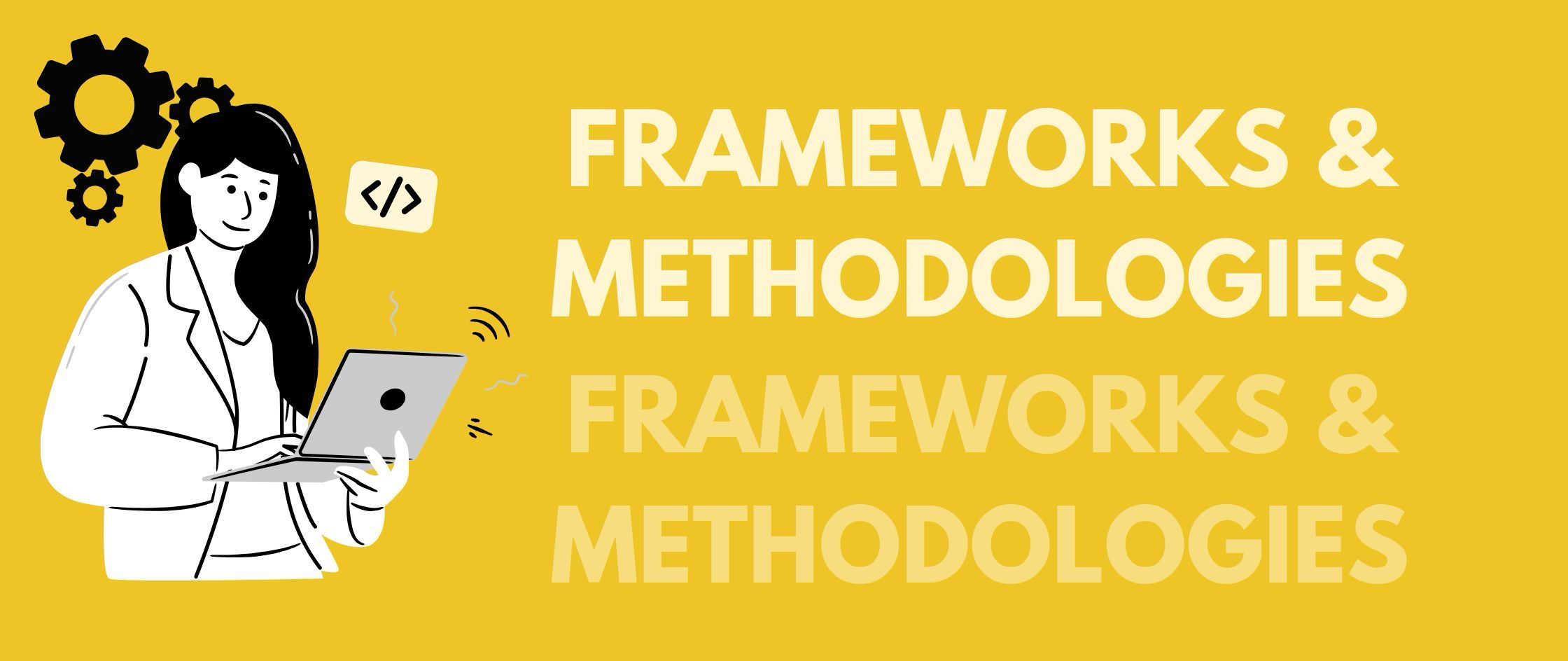
9/ Scrum: An agile framework for managing complex projects, often used in software development.
10/ Lean IT: A methodology focused on improving efficiency by eliminating waste in IT processes.
11/ ITIL (Information Technology Infrastructure Library): A set of practices for IT service management that focuses on aligning IT services with business needs.
12/ Agile Transformation: Adopting agile methodologies to improve flexibility and responsiveness in IT projects.
13/ DevOps: A set of practices that combines software development and IT operations to shorten the development lifecycle.
Documentation and requests terms
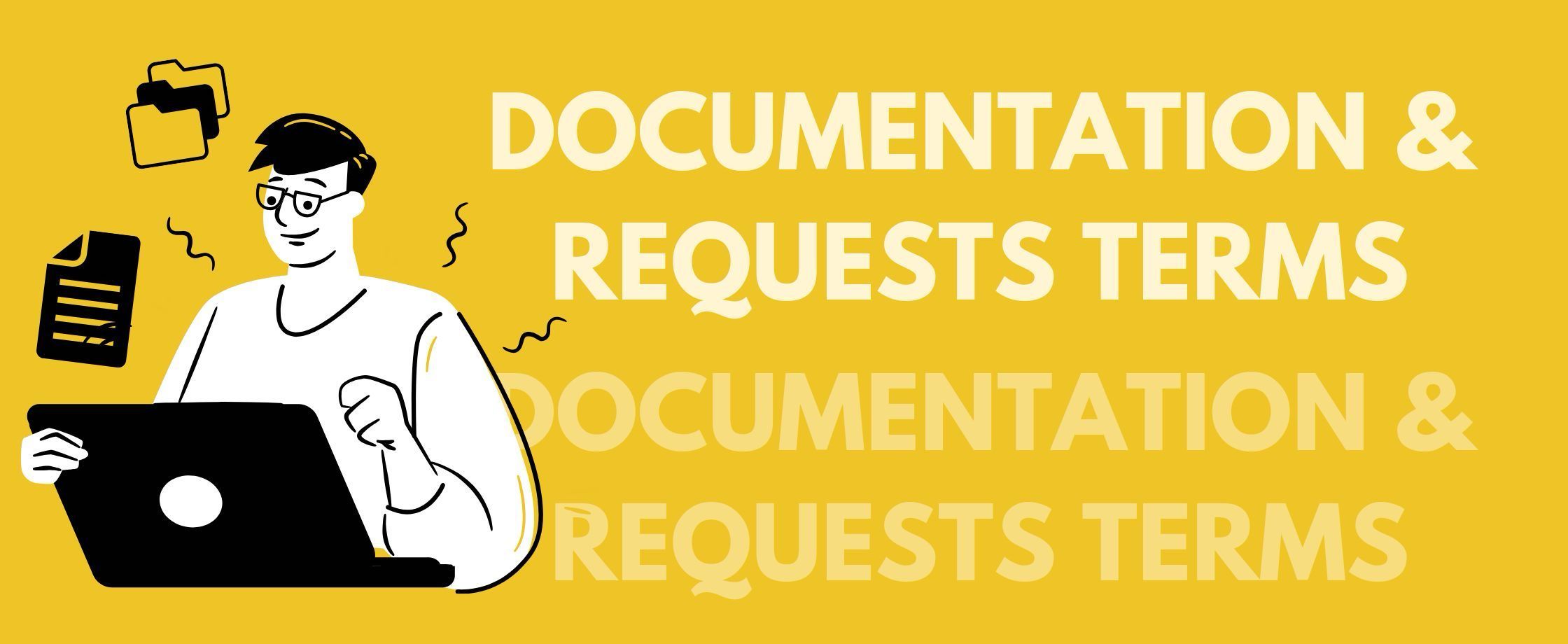
14/ RFP (Request for Proposal): A document soliciting proposals from potential providers for a specific service or project.
15/ RFQ (Request for Quotation): A document requesting price quotes from providers for specific services or products.
16/ RFI (Request for Information): A document requesting information from providers to help make informed decisions.
17/ Statement of Work (SOW): A document detailing the work to be performed under a contract.
18/ Master Service Agreement (MSA): A contract that outlines the terms governing future transactions or agreements.
Vendor and contract management terms
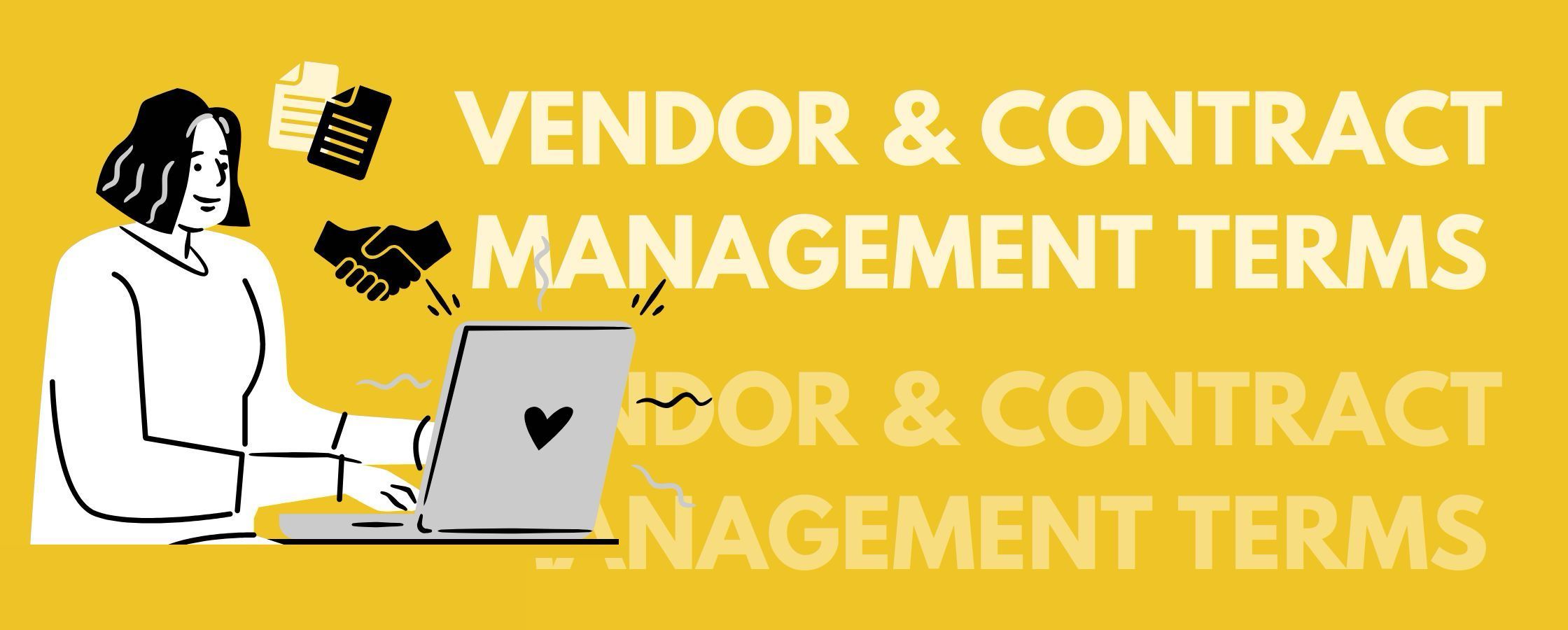
19/ Vendor Management: The process of managing and overseeing vendor relationships to ensure service delivery.
20/ Contract Management: Managing contracts with vendors and service providers to ensure compliance and performance.
21/ Vendor Evaluation: Assessing potential vendors to determine their suitability for a project.
22/ Vendor Selection: Choosing a vendor based on evaluation criteria and project requirements.
23/ Vendor Negotiation: Negotiating terms and conditions with vendors to reach a mutually beneficial agreement.
24/ Vendor Lock-in: A situation where a client is dependent on a single vendor for products and services.
25/ Contract Renewal: The process of extending the terms of an existing contract with a vendor.
IT governance and strategy terms
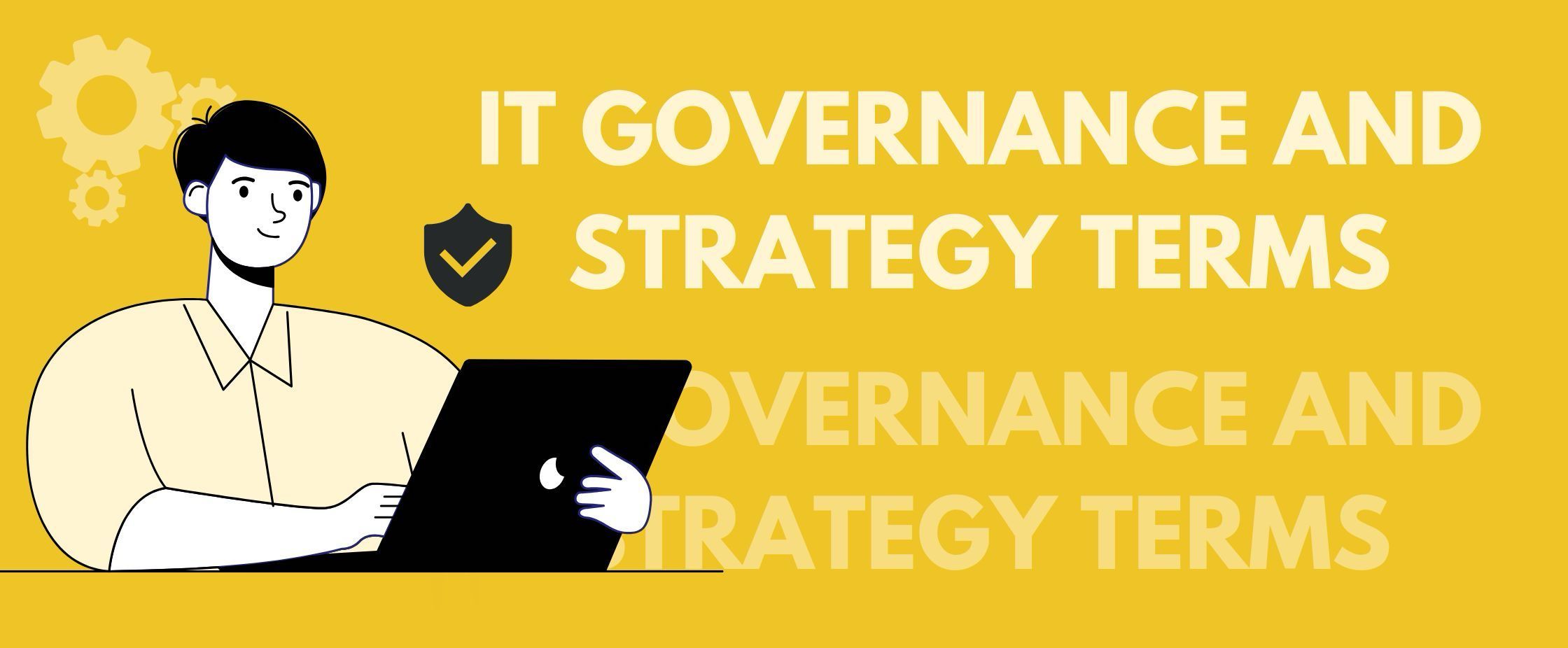
26/ IT Alignment: Ensuring that IT strategies and operations are in sync with business objectives.
27/ IT Benchmarking: Comparing IT performance metrics to industry standards or best practices.
28/ IT Governance: A framework ensuring that IT investments support business goals and deliver value.
29/ IT Strategy: A plan aligning IT initiatives with business objectives to drive growth and efficiency.
30/ IT Roadmap: A strategic plan outlining IT initiatives and timelines to achieve business goals.
31/ IT Portfolio Management: Managing IT projects and investments to maximize value and minimize risk.
32/ IT Budgeting: Planning and allocating financial resources for IT projects and operations.
Risk and compliance terms

33/ Data Breach: An incident where sensitive, protected, or confidential data is accessed or disclosed without authorization.
34/ Regulatory Compliance: Adhering to laws, regulations, guidelines, and specifications relevant to business operations.
35/ IT Risk Management: Identifying and mitigating risks associated with IT operations and projects.
36/ IT Compliance: Ensuring IT systems and processes comply with relevant laws and regulations.
37/ Compliance and Security: Ensuring systems adhere to regulations and are secure from threats.
Security and privacy terms
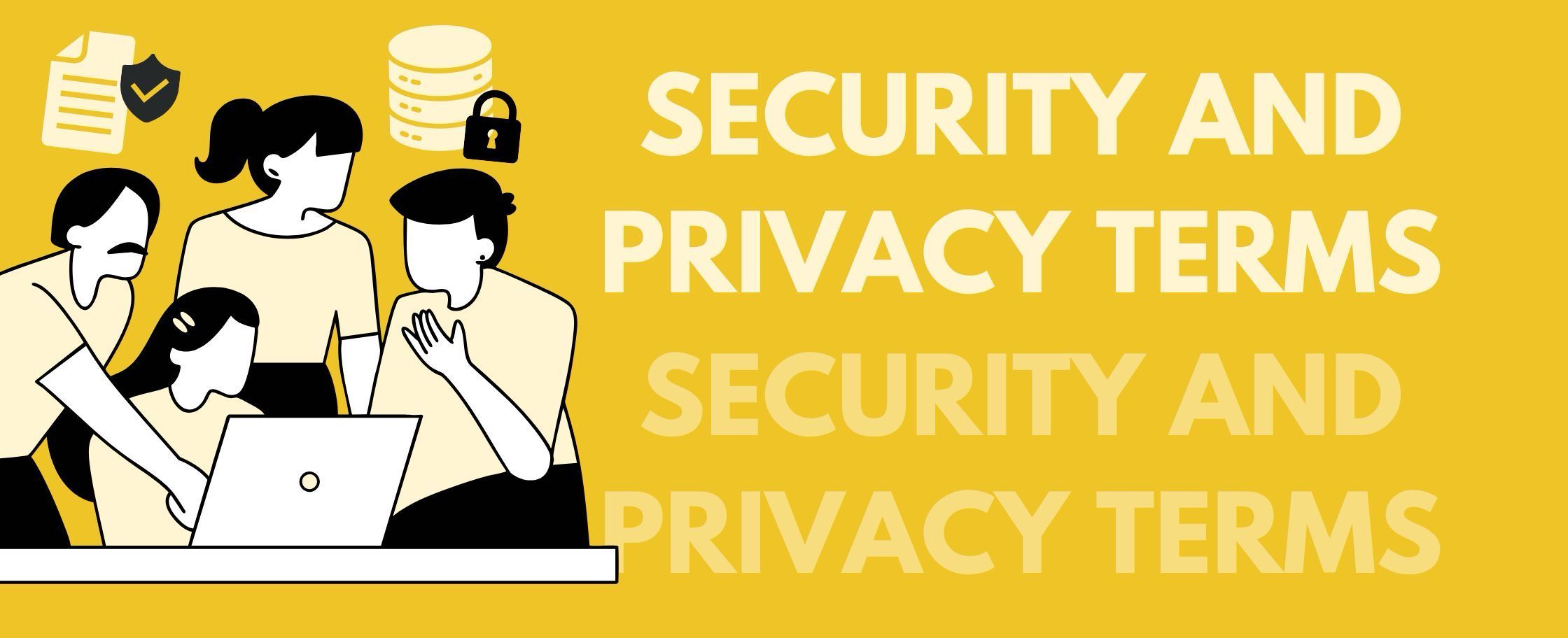
38/ IT Security: Protecting IT systems from unauthorized access, attacks, and data breaches.
39/ Cybersecurity: Protecting systems, networks, and programs from digital attacks.
40/ Encryption: The process of converting information or data into a code to prevent unauthorized access.
41/ Data Privacy: Protecting personal data from unauthorized access and ensuring compliance with privacy laws.
42/ Data Protection: Safeguarding data from loss, corruption, and unauthorized access.
Disaster recovery and business continuity terms
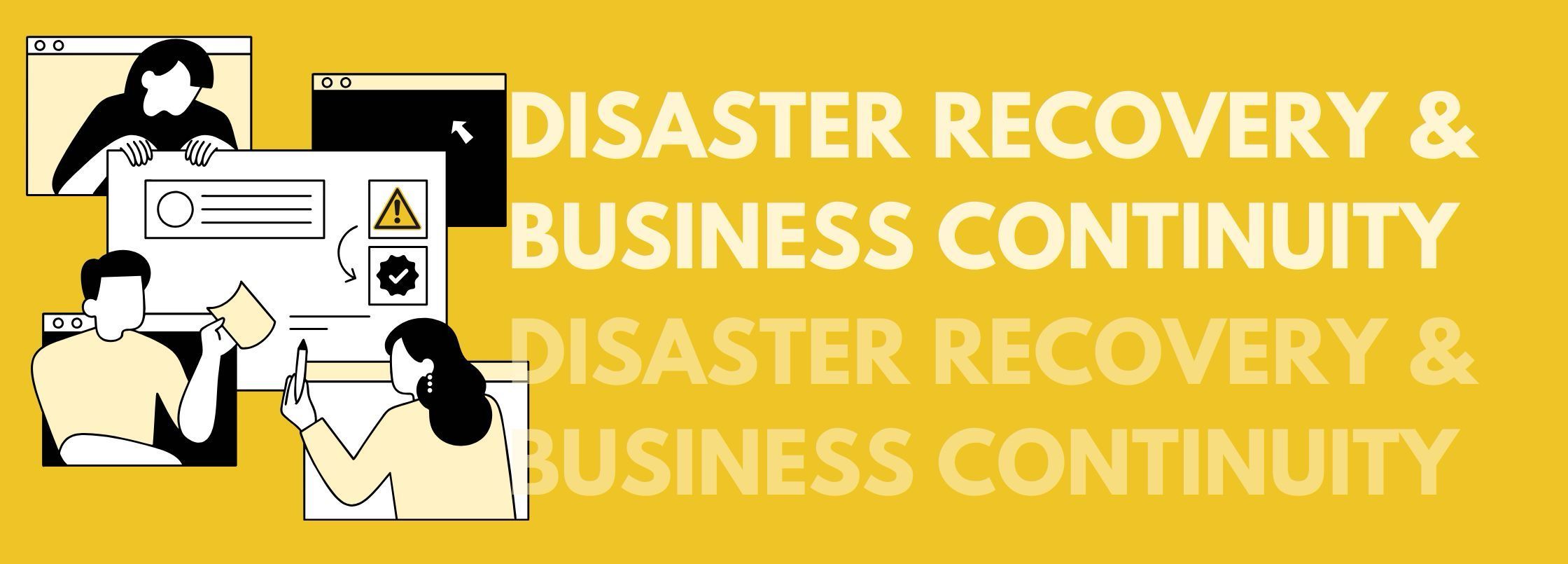
43/ Disaster Recovery: Planning for recovery from IT system failures and disruptions.
44/ Business Continuity: Ensuring business operations continue during and after disruptions.
45/ Business Impact Analysis (BIA): A process that helps to identify and evaluate the potential effects of an interruption to critical business operations.
IT Service Management (ITSM) terms

46/ IT Service Management (ITSM): Managing IT services to meet business needs and deliver value.
47/ Service Catalog: A list of services that an organization provides, often part of IT service management.
48/ Incident Management: The process of managing the lifecycle of all incidents to ensure that normal service operation is restored as quickly as possible.
49/ Help Desk: Providing IT support and assistance to users for technical issues.
50/ Technical Support: Assisting users with technical issues and troubleshooting.
Infrastructure and application management terms
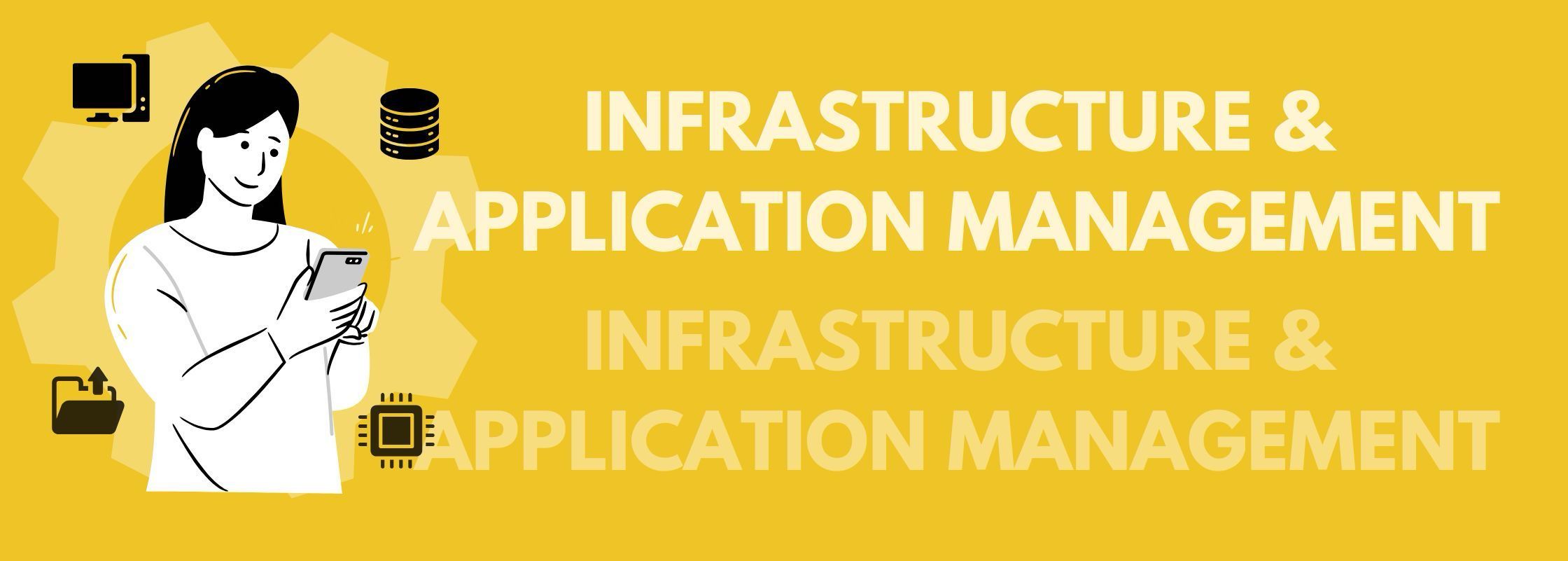
51/ Network Management: Managing and maintaining network infrastructure to ensure connectivity and performance.
52/ Infrastructure Management: Managing IT infrastructure components to ensure availability and reliability.
53/ Application Management: Managing software applications throughout their lifecycle to ensure performance and security.
54/ Virtualization: Creating a virtual version of something, such as a server, a storage device, or network resources.
55/ Load Balancing: Distributing network or application traffic across multiple servers to ensure reliability and performance.
Software development and quality assurance terms
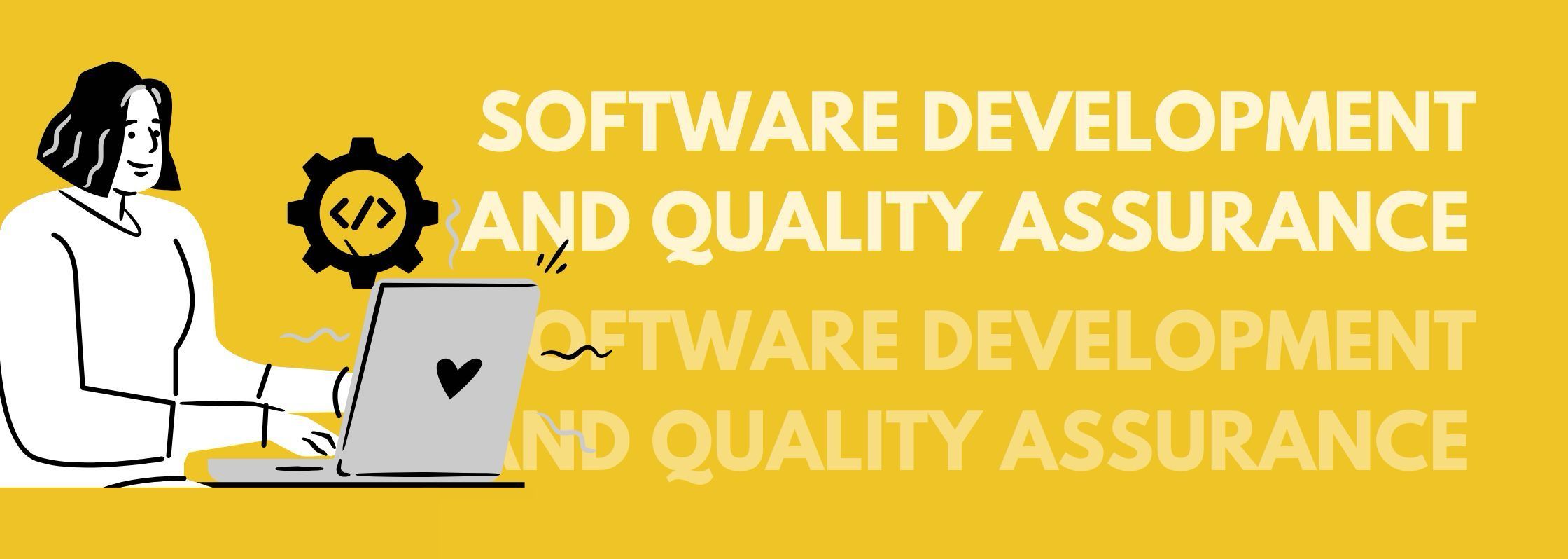
56/ Software Development: Creating and maintaining software applications to meet business needs.
57/ Quality Assurance (QA): Ensuring software meets quality standards and requirements.
58/ Testing: Evaluating software to identify defects and ensure functionality.
59/ Deployment: Releasing software for use in a production environment.
60/ Maintenance: Updating and fixing software after deployment to ensure continued performance.
61/ Continuous Integration (CI): A practice in software engineering where code changes are automatically tested and merged into a shared repository.
62/ User Acceptance Testing (UAT): The final phase of the software testing process where actual users test the software to ensure it can handle required tasks in real-world scenarios.
IT asset and cost management terms
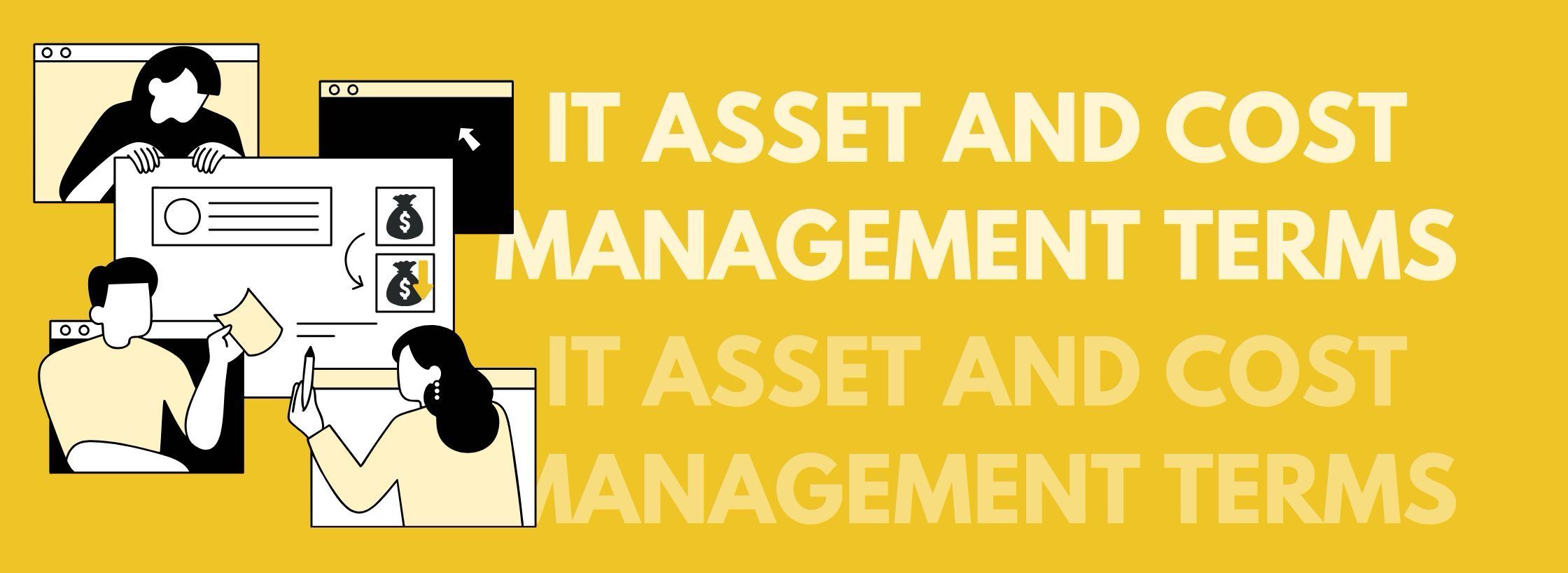
63/ Total Cost of Ownership (TCO): The purchase price of an asset plus the costs of operation.
64/ Depreciation: The reduction in value of an asset over time, used for accounting and tax purposes.
65/ IT Asset Management: Managing IT assets throughout their lifecycle to maximize value and minimize risk.
66/ IT Procurement: Acquiring IT products and services to meet business needs.
67/ IT Inventory Management: Tracking and managing IT assets to ensure availability and compliance.
68/ IT Cost Management: Controlling and reducing IT costs to improve efficiency and profitability.
Pricing models terms

69/ Fixed-price Model: A pricing model with a set budget for a defined scope of work.
70/ Time & Materials Model: A pricing model based on actual time and materials used for a project.
71/ Revenue Share Model: A pricing model where the provider takes a percentage of revenue generated from the project.
72/ Pay-as-you-go Model: A pricing model where clients pay only for the services they use.
73/ Subscription Model: A pricing model where clients pay a recurring fee to access a service.
Project management terms
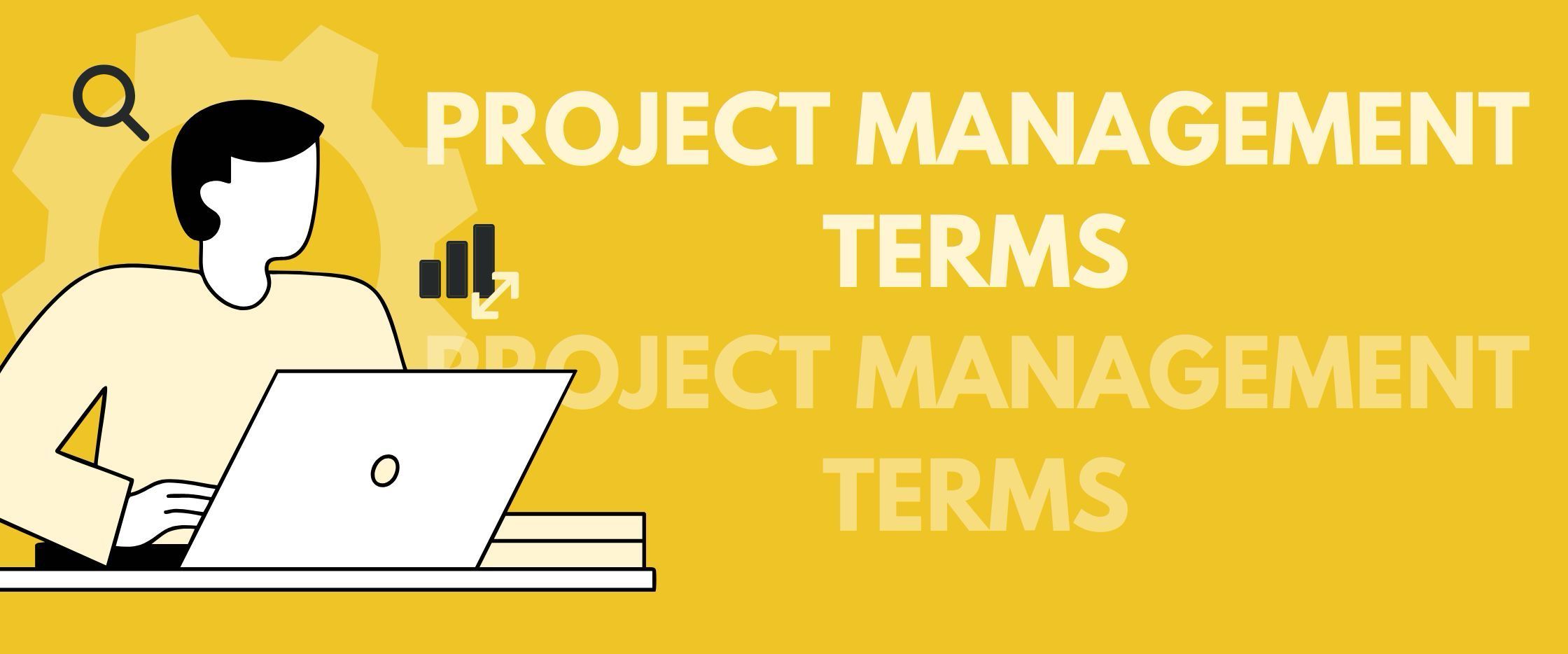
74/ Agile Project Management: An iterative approach to managing software development projects that focuses on continuous releases and incorporating customer feedback with every iteration.
75/ Waterfall Model: A sequential design process, often used in software development processes, where progress is seen as flowing steadily downwards through phases.
76/ Project Scope: The defined boundaries and deliverables of a project.
77/ Project Timeline: The schedule outlining the start and end dates of a project.
78/ Project Budget: The financial plan for a project, including all costs and expenses.
79/ Project Milestones: Key points in a project timeline marking significant achievements.
80/ Project Deliverables: The tangible or intangible outputs produced as a result of a project.
81/ Project Stakeholders: Individuals or groups with an interest in the outcome of a project.
82/ Project Manager: The person responsible for planning, executing, and closing a project.
83/ Project Risk: Potential events or conditions that could negatively impact a project.
84/ Project Change Management: Managing changes to a project's scope, timeline, or budget.
85/ Project Communication Plan: A strategy for communicating project information to stakeholders.
86/ Project Quality Plan: A strategy for ensuring project deliverables meet quality standards.
87/ Project Resource Plan: A strategy for allocating and managing resources for a project.
88/ Project Issue Log: A document tracking issues that arise during a project.
89/ Project Status Report: A document providing updates on a project's progress.
90/ Project Closure: The process of finalizing and closing a project.
91/ Project Retrospective: A meeting to reflect on a project's successes and areas for improvement.
92/ Project Lessons Learned: Insights gained from a project's successes and challenges.
93/ Project Documentation: Written records of a project's plans, processes, and outcomes.
94/ Project Kickoff Meeting: An initial meeting to discuss a project's objectives and plans.
95/ Project Charter: A document formally authorizing a project and outlining its objectives.
96/ Project Plan: A detailed document outlining a project's scope, timeline, and resources.
97/ Project Schedule: A timeline of tasks and activities required to complete a project.
98/ Project Budget Plan: A financial plan outlining a project's costs and expenses.
99/ Project Risk Management Plan: A strategy for identifying and mitigating project risks.
100/ Project Communication Strategy: A plan for communicating project information to stakeholders.
101/ Project Quality Assurance Plan: A strategy for ensuring project deliverables meet quality standards.
102/ Project Resource Allocation Plan: A strategy for allocating and managing resources for a project.
103/ Project Issue Management Plan: A strategy for tracking and resolving project issues.
104/ Project Status Update: A report providing updates on a project's progress.
105/ Project Closure Report: A document summarizing a project's outcomes and lessons learned.
106/ Project Retrospective Meeting: A meeting to reflect on a project's successes and areas for improvement.
107/ Project Lessons Learned Document: A record of insights gained from a project's successes and challenges.
108/ Project Documentation Archive: A collection of written records of a project's plans, processes, and outcomes.
109/ Project Kickoff Agenda: A list of topics to be discussed at a project's initial meeting.
110/ Project Charter Template: A standardized document for formally authorizing a project.
111/ Project Plan Template: A standardized document for outlining a project's scope, timeline, and resources.
112/ Project Schedule Template: A standardized timeline of tasks and activities required to complete a project.
113/ Project Budget Template: A standardized financial plan outlining a project's costs and expenses.
114/ Project Risk Management Template: A standardized strategy for identifying and mitigating project risks.
115/ Project Communication Template: A standardized plan for communicating project information to stakeholders.
116/ Project Quality Assurance Template: A standardized strategy for ensuring project deliverables meet quality standards.
117/ Project Resource Allocation Template: A standardized strategy for allocating and managing resources for a project.
118/ Project Issue Management Template: A standardized strategy for tracking and resolving project issues.
119/ Project Status Update Template: A standardized report providing updates on a project's progress.
Architecture and integration terms
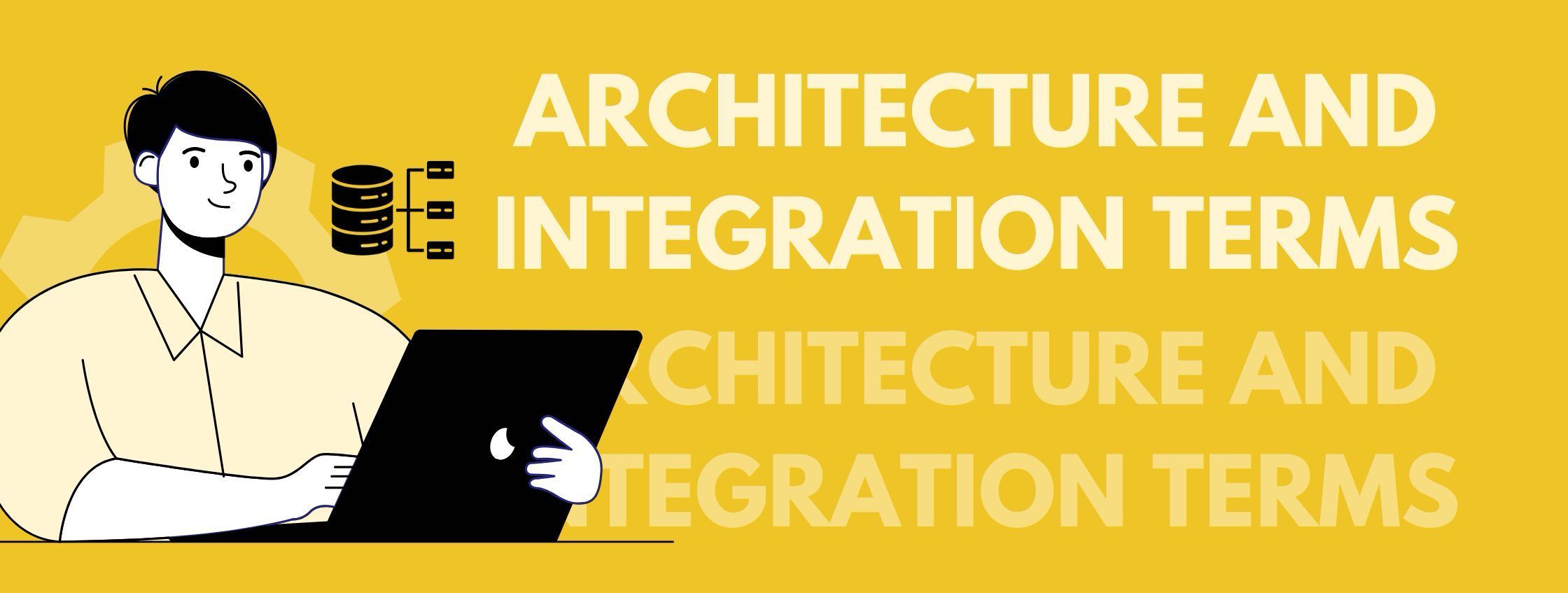
120/ API Management: The process of creating, publishing, and managing application programming interfaces (APIs) in a secure and scalable environment.
121/ System Integration: Linking different systems and applications to function as a whole.
122/ Cloud-Native Architecture: Building applications that leverage cloud computing for scalability and flexibility.
123/ Microservices: Structuring applications as a collection of loosely coupled services.
Emerging technology terms
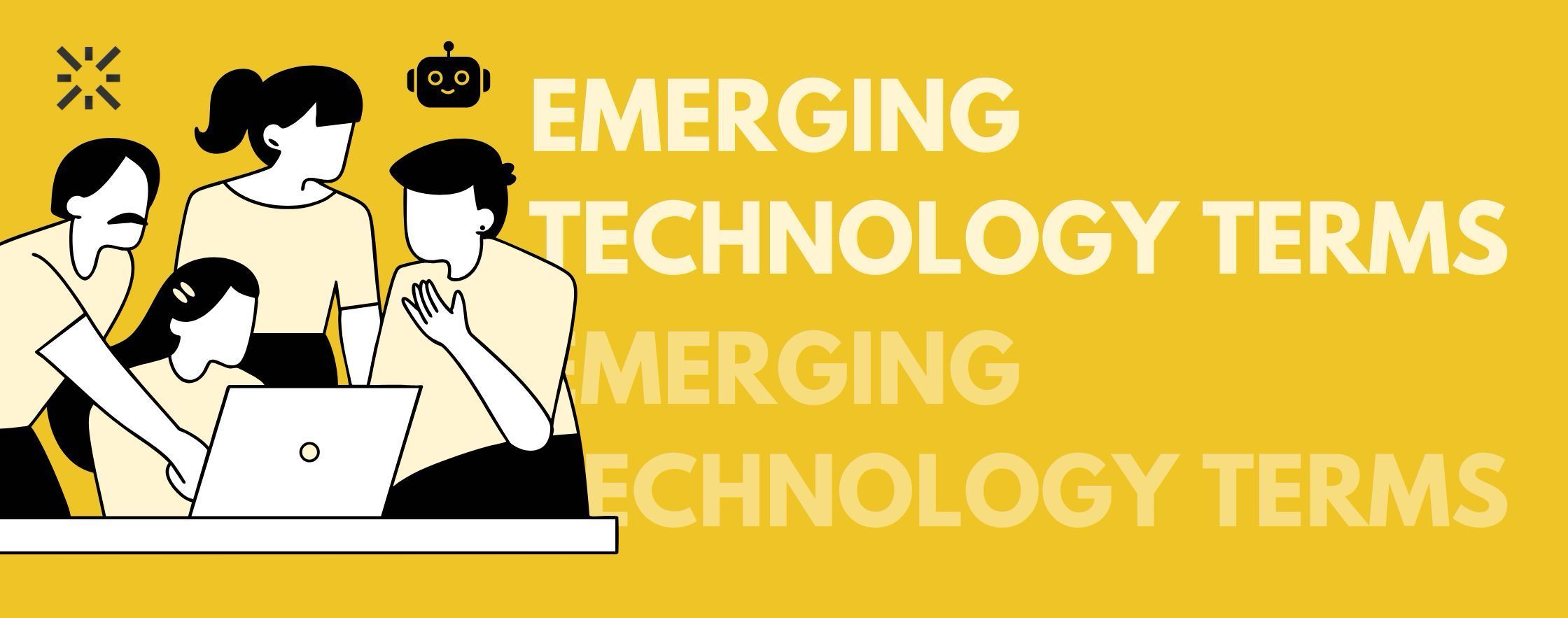
124/ 5G and IoT Monetization: Generating revenue from 5G networks and IoT devices through innovative business models
125/ Blockchain: A decentralized digital ledger that records transactions across many computers so that the record cannot be altered retroactively.
126/ AI and Machine Learning: refer to the fields of computer science that focus on creating systems capable of performing tasks that typically require human intelligence. This includes learning from data, recognizing patterns, making decisions, and improving over time without explicit programming. AI encompasses a wide range of technologies, while machine learning is a subset that specifically deals with algorithms that allow computers to learn from and make predictions based on data.






























